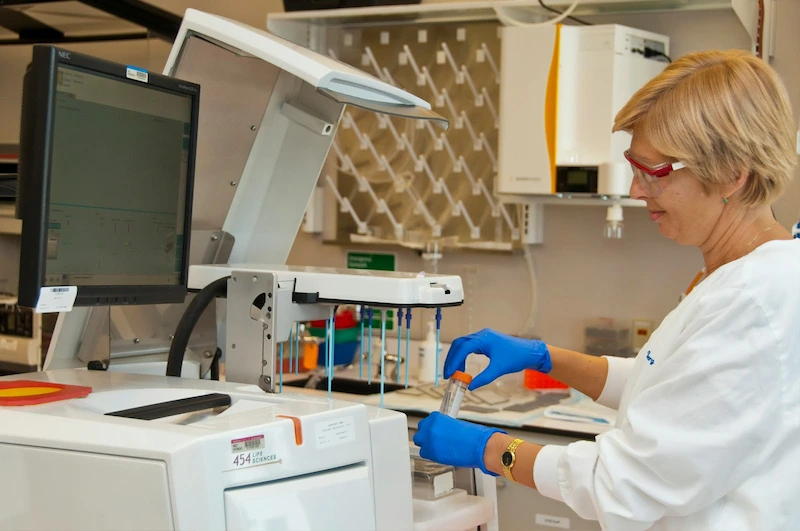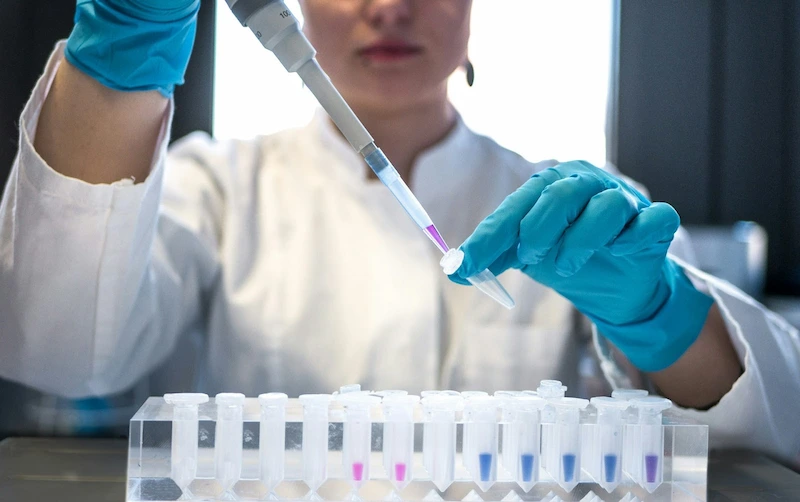Automation has emerged as a core driver for efficiency and productivity across various industries in today’s rapidly advancing technological landscape. Laboratories in particular have adopted automated equipment as part of a plan to streamline processes, increase accuracy, and streamline overall workflow.
In fact, laboratory automation market revenues are forecast to rise from $3.6 billion in 2022 to an expected total of $5.7 billion by 2030, indicating its growing prevalence and efficiency gains in practices across various fields. This growth demonstrates an international initiative among labs to enhance their operations.
This article highlights the numerous advantages that automated equipment provides modern laboratories, from increased precision to time/cost savings.
Enhanced Accuracy and Precision
One of the primary benefits of automated lab equipment is its unparalleled accuracy and precision. Automated instruments are specifically designed to perform tasks without human interference, significantly decreasing the margins of error associated with manual operations.
One impressive piece of equipment used in laboratories that exhibits automated equipment’s precision is the single cell sorter, an advanced piece capable of isolating cells based on specific characteristics like size, shape, and fluorescence. A single-cell sorter’s precision exceeds that which could be accomplished manually; its accuracy ensures each cell is identified without error or contamination.
Improved Efficiency and Productivity
Automation in laboratories leads to enhanced efficiency and productivity, as it automates repetitive tasks at a much greater speed than humans, freeing researchers and technicians up for more complex, important activities.
Automating sample preparation, analysis, and data recording processes enables laboratories to accelerate research timelines and innovation more rapidly while also saving costs by cutting labor hours and eliminating errors that would require costly rework. This streamlined approach enhances overall effectiveness and contributes to scientific advancements.
Streamlined Workflow and Reduced Turnaround Time

Automation equipment plays an integral part in streamlining laboratory workflow, effectively eliminating bottlenecks and decreasing manual interventions. What used to require multiple steps with manual intervention can now be completed seamlessly through automated systems; creating improved efficiency that saves both time and resources.
As laboratories can deliver results more rapidly due to reduced turnaround times for experiments and analyses, this allows researchers to make timely decisions and advancements within their areas of research, ultimately contributing to further progress and innovation.
Consistency and Standardization
Automation stands as a steadfast guarantee of consistency and standardization within laboratory operations, regardless of an operator’s skillset or experience level. Automated equipment adheres precisely to predefined protocols and parameters, guaranteeing unwavering uniformity both during experimentation and data collection processes – an aspect essential to replicable scientific research that empowers scientists to validate findings or replicate experiments without fear or worry.
Implementation of standard procedures not only promotes an environment conducive to meticulousness but also fosters collaboration and seamless data sharing among various research teams and institutions. Such collaboration intensifies scientific inquiry while propelling collective efforts toward breakthrough discoveries and innovations across various scientific fields.
Data Integrity and Traceability
Automation equipment serves as the backbone for maintaining data integrity and traceability within laboratories, recording as well as organizing information in such a way as to significantly mitigate data loss or manipulation risks. By adding audit trails and electronic documentation features, researchers gain the capability to track every stage of an experiment more closely and trace every part of its journey from start to finish.
At its heart lies meticulousness that ensures compliance with stringent regulatory standards and robust quality assurance protocols, safeguarding research outcomes while strengthening scientific advancement. Data integrity plays a pivotal role here by safeguarding the credibility and trustworthiness of research outputs while upholding scientific advancement.
Read Also: Common Mistakes To Avoid When Filing A Personal Injury Claim
Future Trends and Innovations in Laboratory Automation
Laboratory automation is constantly developing, with emerging advances shaping its future in scientific research and experimentation. Integrating artificial intelligence (AI) and machine learning (ML) algorithms is expanding decision-making capabilities while shortening research cycles by streamlining processes and foreseeing outcomes.
IoT devices and connectivity are revolutionizing laboratory automation, offering seamless data monitoring, remote control, and predictive maintenance capabilities. Robotics and autonomous systems have also become more sophisticated over time, streamlining workflows while decreasing human intervention and improving accuracy in tasks like sample handling and data analysis.
Cloud-based solutions enable scalable data management, collaborative research collaboration, and data-driven insights. When combined with personalized and precision medicine applications, this portends a future where laboratory automation drives efficiency, accuracy, and innovation that could result in groundbreaking discoveries and advances in scientific research.
Bottom Line
Automation brings many advantages to modern laboratories, from improved accuracy and efficiency to greater data integrity and workflow optimization. By harnessing automation technology, laboratories can achieve higher levels of precision, productivity, and standardization within their operations, thus driving future innovations and advances in scientific research and discovery.







